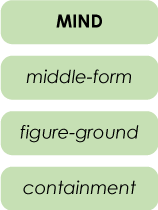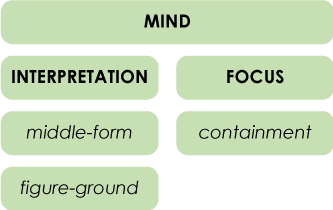 Containment ambigrams
Containment ambigrams 
What are they, Vassilis?
I’ll show you one and you’ll see what it is. This piece is called “true-false”, designed by Scott Kim.
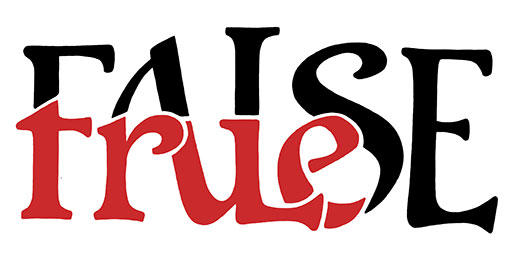
Oh, I can see that! Is it like the “true” is inside the “false”?
Not exactly inside, but “true” is a part of “false”. Part of ‘F’ forms the ‘t’. Parts of ‘AL’ form the ‘ru’ and part of ‘S’ forms the ‘e’. Thus, focusing on the bottom left part of the image, the viewer reads the contained word, hence the naming.
So, the coloured part reveals the second word. Clever!
It is clever, indeed. But it’s not the colour that makes it work. You can see that this piece works in just black and white as well, but colour is added to make it easier to read.
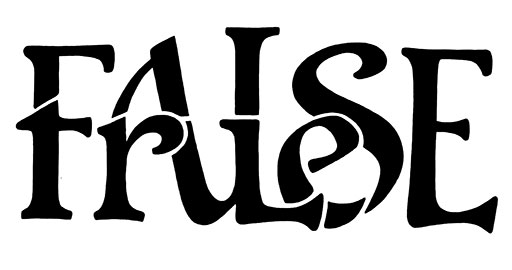
Can you see it?
Having seen the original image, I can see it. But if I’d seen this image first, I don’t know that I’d have found “true”.
That’s why containment ambigrams are usually shown with two colours. Here’s another piece by Jeffry Manansala, it’s “mirror illusions”.
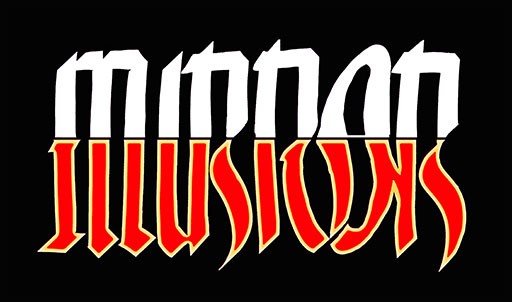
That’s a great piece of art. I see that here, the second word takes up the whole bottom half.
Yes, it does. In fact, the second word, the contained one, can either be formed by a continuous part of the first word (i.e. bottom , bottom-left, top-right etc.) or by parts here and there. Look at this piece by Otto Kronstedt, it’s called “hyper-space”.
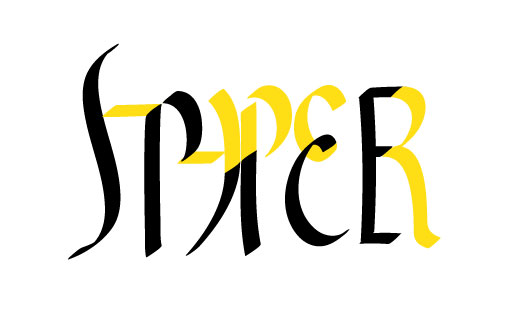
Oh yes, I get it. I like this type of ambigrams. It’s completely different from middle-forms and figure-grounds.
I like these as well! So, here are the types of ambigrams in the mind category.
